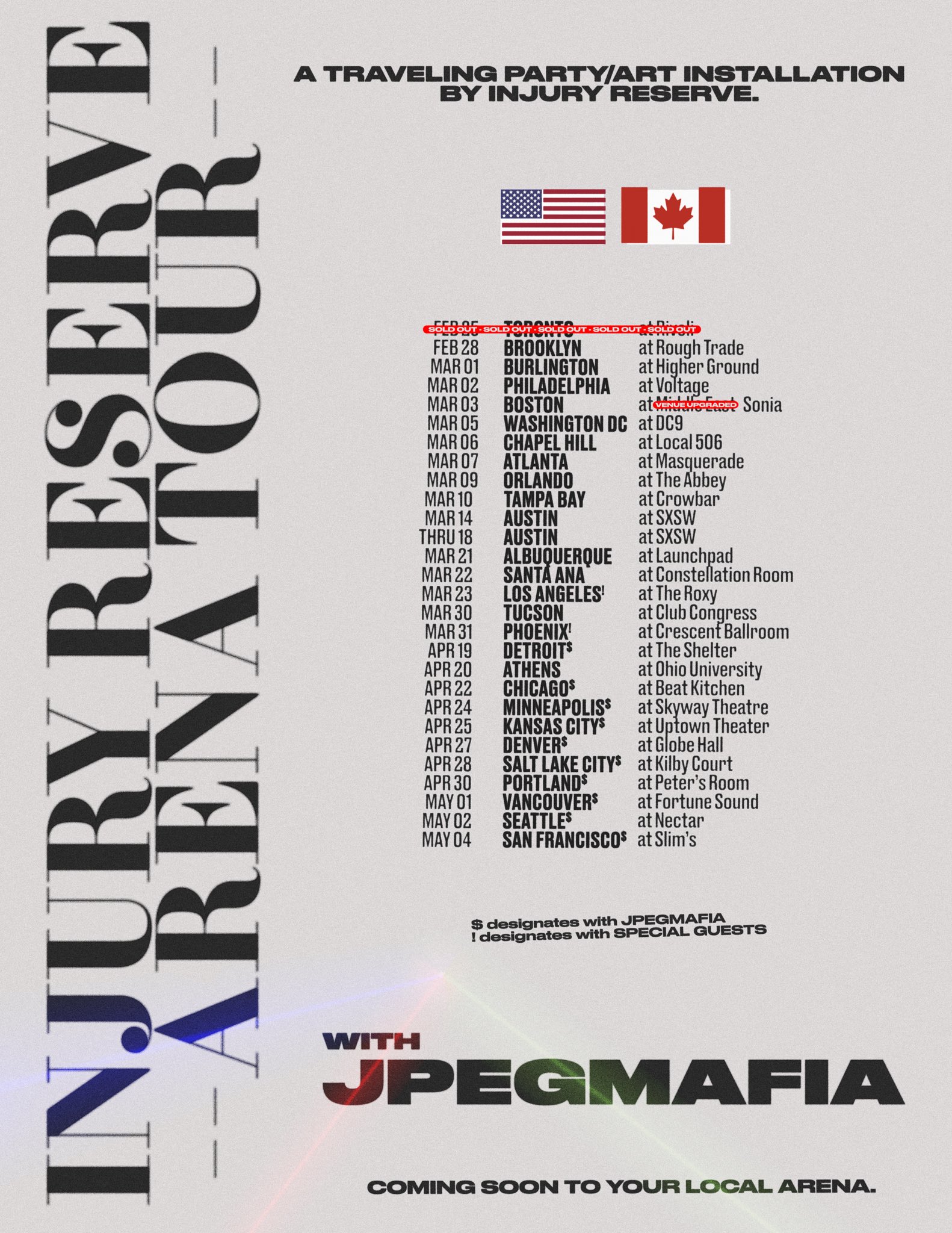Introduction:
In the first part of this project, I supplied a brief background regarding craft breweries in the United States, and did both qualitative and quantitative research on one brand in particular, Trillium Brewing Company. To be brief, Trillium is a Boston Based company, who aim to bring high quality, innovative beers to a rapidly growing market. They are very active on Facebook, Instagram, and Twitter, primarily using them to announce new products, as well as keeping their followers informed regarding how many remain from a particular batch.
Updates:
To be honest, since the last time we looked at their social media activity, not much has really changed in regards to their content. Their Facebook, while informative, lacks any real interaction with the groundswell. Their Instagram remains the most "hip", with some very aesthetically pleasing photos, and their Twitter finds a solid ground where they are able to be informative, while simultaneously answering questions, and communicating with the groundswell.
(These Facebook posts from a recent release mimic those from the Pow Pow release)
In terms of numbers, over the past month they have gained around 400, 3,000, and 700 followers on Facebook, Instagram, and Twitter, respectively. This makes sense because as previously mentioned, their main audience is most active on Instagram, and that page has consistently been their most successful/ had the largest reach. Despite the increase in followers, their engagement numbers have seemed to stay pretty much the same since the last time we checked, excluding a few more popular posts.
(This Instagram post from March 8th appears to be their second most popular post of all time)
Now that we have a bit of an update about what Trillium is doing online, we can look at how they are doing. Using Google Trends, we are able to look at how frequently people are searching the company since the last time we checked, and this time it is not as easy to interpret.
While February 20th was the highest peak in our last analysis(coinciding with the Pow Pow release) , the highest peak this time is March 10th. What is interesting about this is the fact that it comes two days after the release of their heavily sought after Tiramisu. Unlike the last time it is difficult to attribute this influx of searches to anything the company has been doing.
When using Social Mention the numbers do not deviate much from the first time we looked.
Although strength and reach have slightly decreased, passion has gone up, and they are receiving more positive sentiments than they previously were.
S.W.O.T Analysis:
Strengths- For their size, Trillium has established themselves as one of the highest quality micro breweries in the United States, gaining a respectable social media following in the process. They remain active on their three social media platforms, keeping their customers informed, and interact with them, albeit mostly on Twitter. They update their website daily, with their current beer selection.
Weaknesses- Trillium does not publicly interact much with their followers on their Facebook and Instagram accounts, leaving questions unanswered. The comment section on their Instagram posts are often times cluttered with people looking to buy/sell various beers, which can turn people away. Due to the size of their operation, Trillium can only produce a small a amount of beer(hence the term microbrewery) which can discourage potential customers who do not think they will be able to obtain a limited release.
Opportunities- With more and more collaborative efforts with other breweries, Trillium will continue to get their name out there and reach customers who may not be able to make the trip to Boston/Canton. As craft beers continue to grow , they will be able to continue to establish themselves at the top of the list, showing those new to the scene what they are known for. While microbreweries are still on the rise in the US, there is still a pretty much untapped market overseas. Trillium could lead the way as one of the innovators bringing these beers to different countries.
Threats- Trillium's biggest threats are their competitors. Although microbreweries are not as competitive as more mass produced beers, the competition still exists. When companies create similar beers, they must think of ways to differentiate themselves from others. Why should someone choose a Trillium American IPA over Alchemist's?









